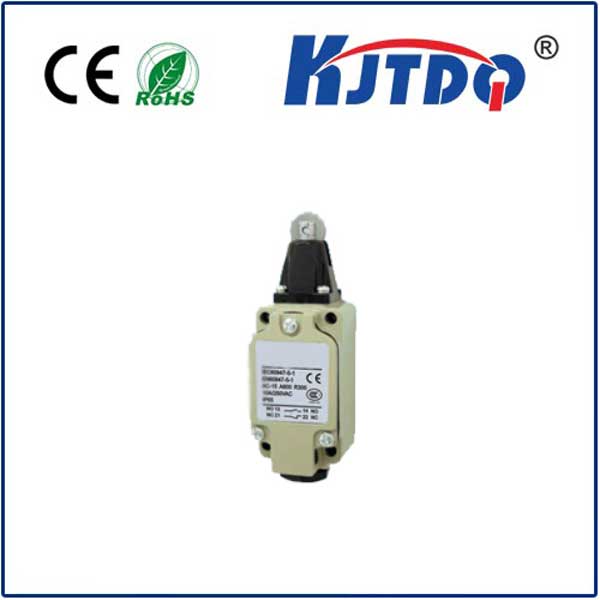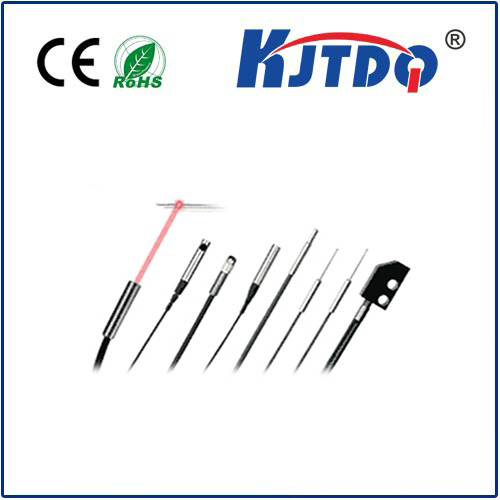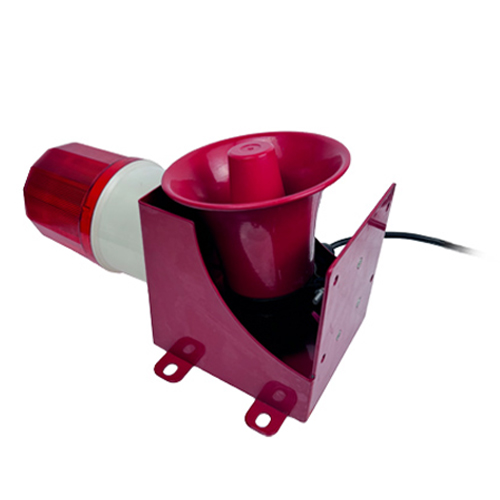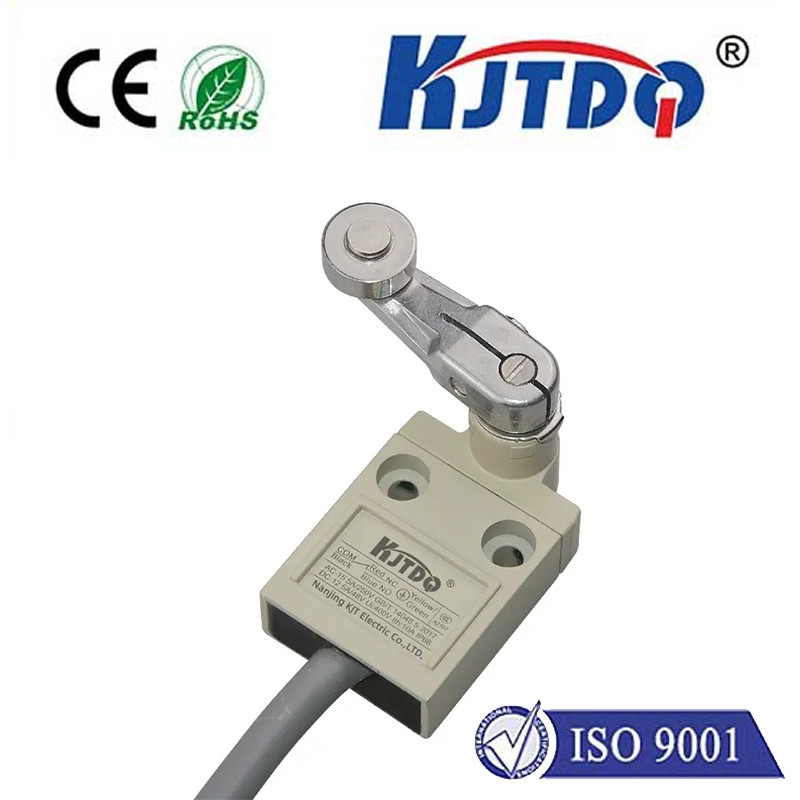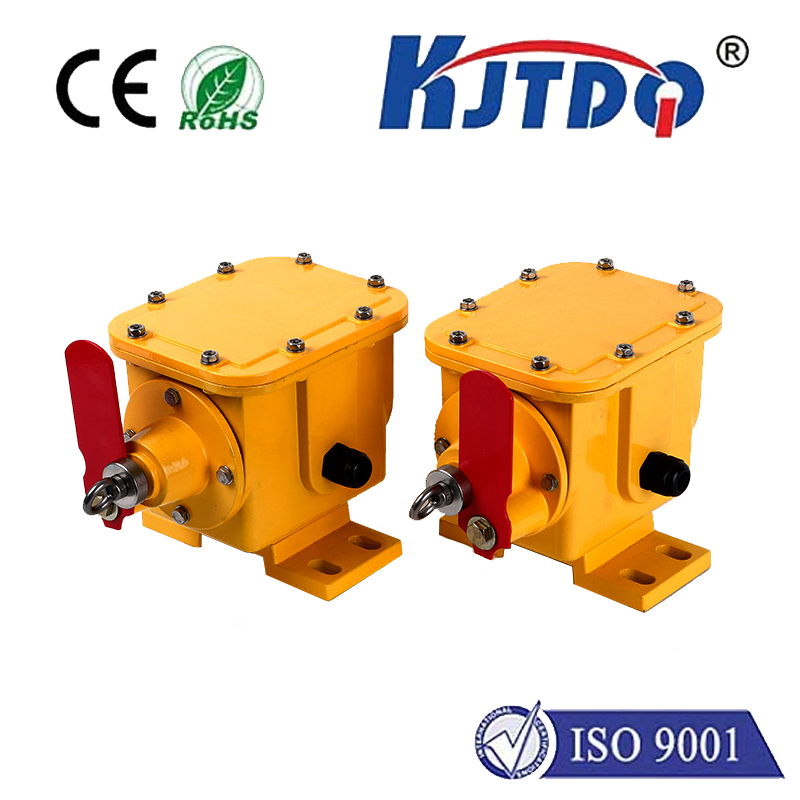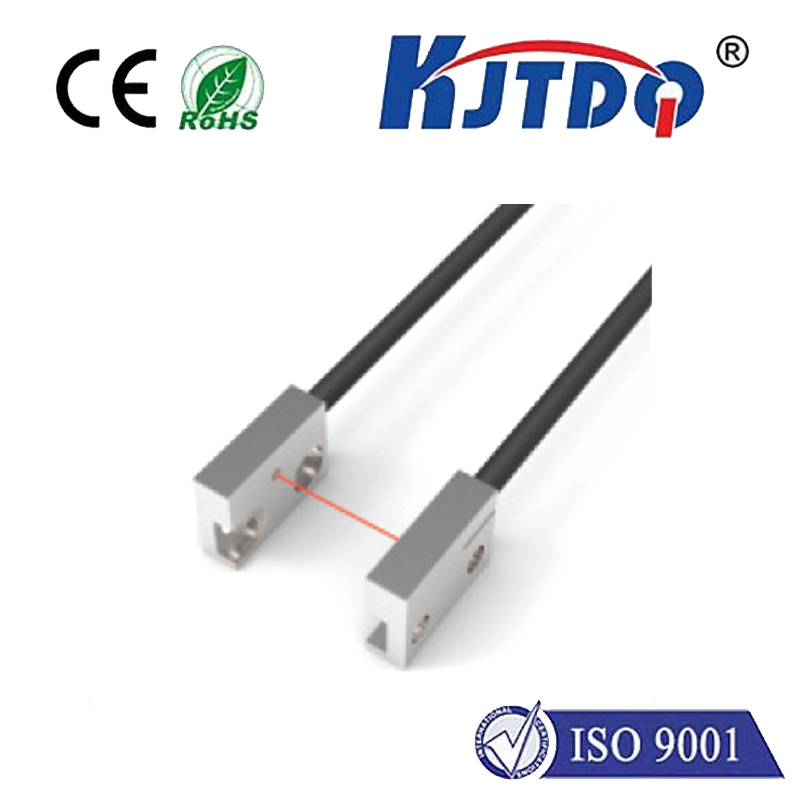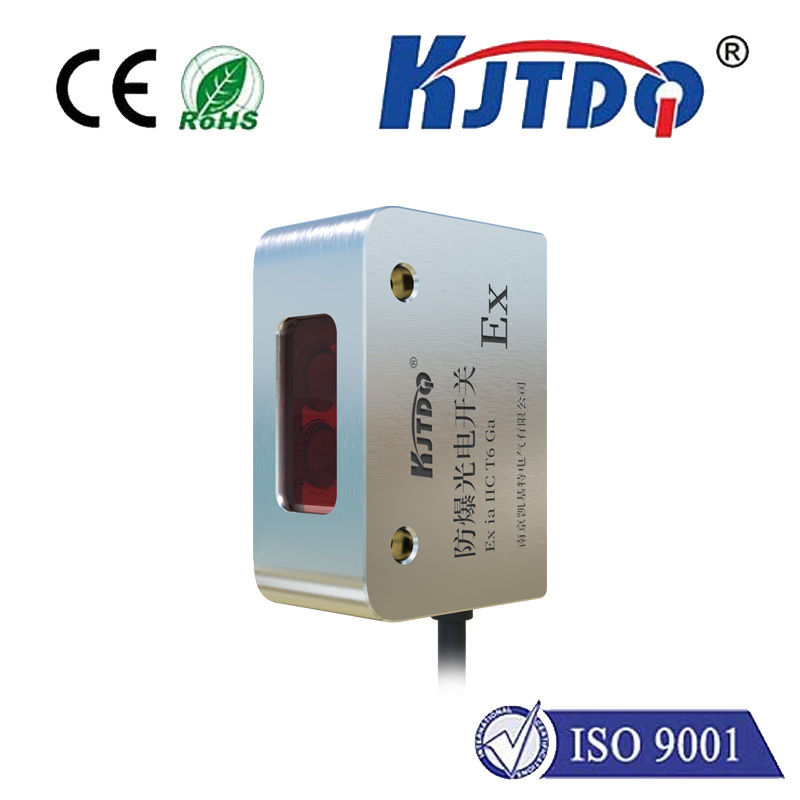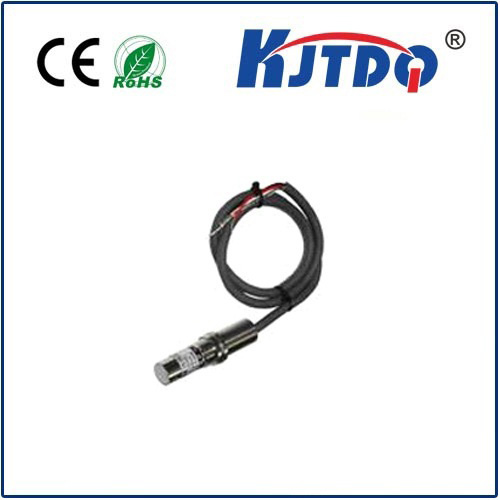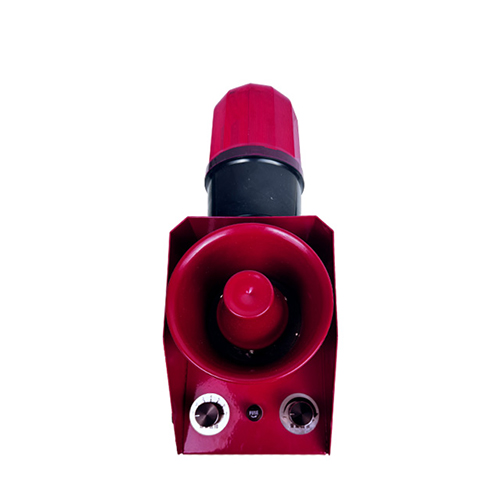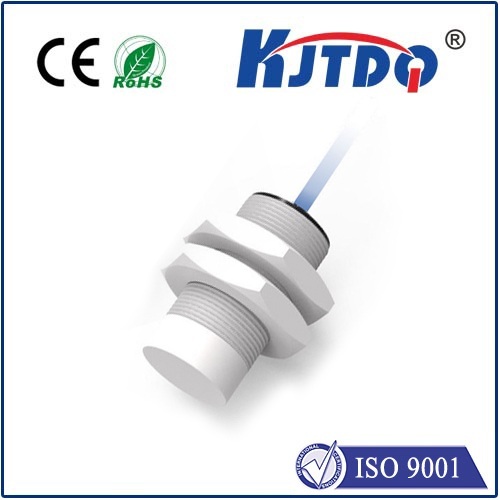Приближение емкости датчика
- time:2025-07-17 08:08:10
- Нажмите:0
The Invisible Touch: How Capacitive Proximity Sensors Reshape Modern Detection
Imagine sensing an object nearby without physically touching it, much like how you sense static electricity before touching a metal doorknob. This principle of non-contact detection is the essence of capacitive proximity sensors, a remarkably versatile technology silently optimizing countless processes around us every day. Unlike their inductive counterparts (designed primarily for metals), capacitive proximity sensors unlock the ability to detect a vast array of materials – liquids, plastics, wood, glass, powders, and even biological substances – making them indispensable across diverse industries where gentle, reliable sensing is paramount.
The Core Principle: Sensing the Unseen Electric Field
At the heart of a capacitive proximity sensor lies a simple yet powerful concept: the disruption of an electrostatic field. Here’s how it works:
- Generating the Field: The sensor’s active surface typically houses two metal electrodes functioning like the plates of a capacitor, energized to create an electrostatic field projecting into the detection zone.
- Target Interaction: When a target object enters this field, it alters the field’s properties. If the target has a different dielectric constant (a measure of a material’s ability to store electrical energy) than air, it essentially changes the effective capacitance between the sensor’s electrodes.
- Detecting the Change: Sophisticated internal circuitry constantly monitors this capacitance. A significant shift, exceeding a predefined threshold set by the sensor’s sensitivity adjustment, triggers a switching signal (typically ON/OFF).
- Output: This signal is then used to control machinery – stopping a conveyor, counting items, confirming fill levels, or activating a safety function.
Why Choose Capacitive Proximity Sensing? Key Advantages
The unique operating principle of capacitive proximity sensors confers several distinct benefits:
- Material Versatility: This is arguably Вот. standout feature. They detect virtually any material that disturbs their electrostatic field, overcoming the metal-only limitation of inductive sensors.
- Non-Contact Operation: Objects can be sensed through non-metallic barriers like glass, plastic walls, cardboard boxes, or thin containers. This enables hygienic detection (crucial in food/pharma) and protects delicate targets.
- Level Detection Excellence: Capacitive proximity sensors excel at detecting liquid levels or the presence of powders/granules through tank walls or hoppers, making them ideal for process control.
- Dirt Tolerance: They generally handle dusty or dirty environments better than optical sensors, where grime can impair light beams.
- Solid-State Reliability: With no moving parts, they offer high durability and long operational lifespans.
Tuning for Success: Understanding Sensitivity and Installation
A critical feature of most capacitive proximity sensors is adjustable sensitivity. This allows the user to fine-tune the sensor’s detection range or its ability to “see” through barriers:
- Sensitivity Adjustment Knob: Turning this increases or decreases the oscillation amplitude threshold needed to trigger the sensor.
- Lower Sensitivity: Requires the target to be closer or have a stronger dielectric constant (e.g., water). Reduces false triggers from background objects or thick container walls.
- Higher Sensitivity: Allows detection of smaller targets, targets further away, or detection through thicker non-conductive materials. Increases potential for false detection.
Proper installation is also key. Flush-mountable sensors are designed to be installed embedded in a metal bracket, reducing the radial sensing field and focusing detection forward, minimizing interference from surrounding metal. Non-flush models offer a larger radial sensing field but require more clearance to nearby metal.
Where Cap Sensors Shine: Real-World Applications
The unique capabilities of capacitive proximity sensors make them vital components in numerous sectors:
- Liquid Level Control: Detecting fill levels of water, chemicals, oils, beverages, and dairy products through tanks (glass, plastic, stainless steel). Confirming tank empty/full states.
- Food & Beverage Processing: Detecting presence of products (bottles, cans, caps, food items) on conveyors, often through packaging. Checking fill levels in containers. Hygienic operation is a major plus.
- Pharmaceuticals: Ensuring presence of pills in blisters, bottles in capping machines, or liquid levels in vials, often through sterile barriers.
- Wood & Paper Industries: Detecting paper rolls, wood sheets, stacks of cardboard, or glue/filler levels.
- Plastics Manufacturing: Verifying presence of plastic pellets in hoppers, detecting molded parts, and identifying presence through transparent plastic barriers.
- Automotive: Detecting non-metallic components (rubber hoses, plastic trim, fluid levels in reservoirs) during assembly or testing.
- Packaging: Confirming presence of labels, cartons, tubes, or product within packages. Verifying film/foil layers.
- Сельское хозяйство: Monitoring grain levels in silos, detecting seeds in planters, or controlling liquid fertilizer flow.
Capacitive vs. Inductive: Picking the Right Tool
While both are proximity sensors, the choice hinges on the target material:
- Capacitive Proximity Sensor: Choose for liquids, powders, grains, plastics, wood, glass, non-ferrous metals, and most organic materials. Essential for detecting through non-metallic walls or for level control.
- Inductive Proximity Sensor: Choose specifically for detecting metal objects (primarily ferrous metals like steel/iron, though some detect non-ferrous). Usually offer longer sensing ranges on metal than capacitive sensors can achieve on similar targets.
Embracing the “Invisible Touch”
Capacitive proximity sensors offer an elegant solution to the challenge of non-contact detection across an unprecedented range of materials. Their ability to sense through barriers, handle challenging environments, and provide reliable, solid-state operation underpins countless automated processes we rely on. From ensuring your drink bottle is properly filled to guaranteeing critical pharmaceutical components are present, the “invisible touch” of capacitive sensing is a cornerstone of modern industrial efficiency, safety, and quality control. Understanding their principle, advantages, and optimal application scenarios is the key to unlocking their full potential on the factory floor or within any process requiring versatile, contactless detection.
